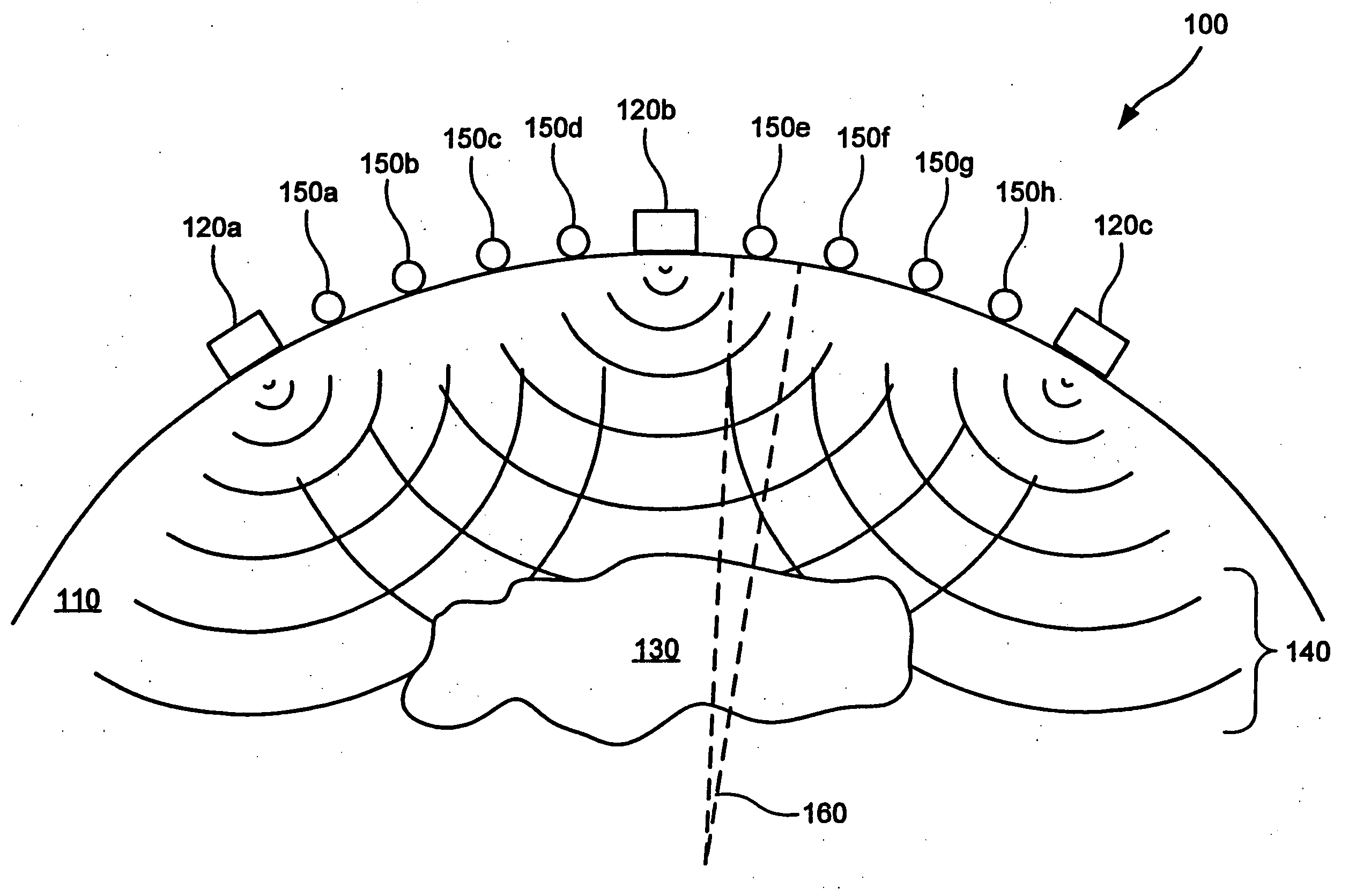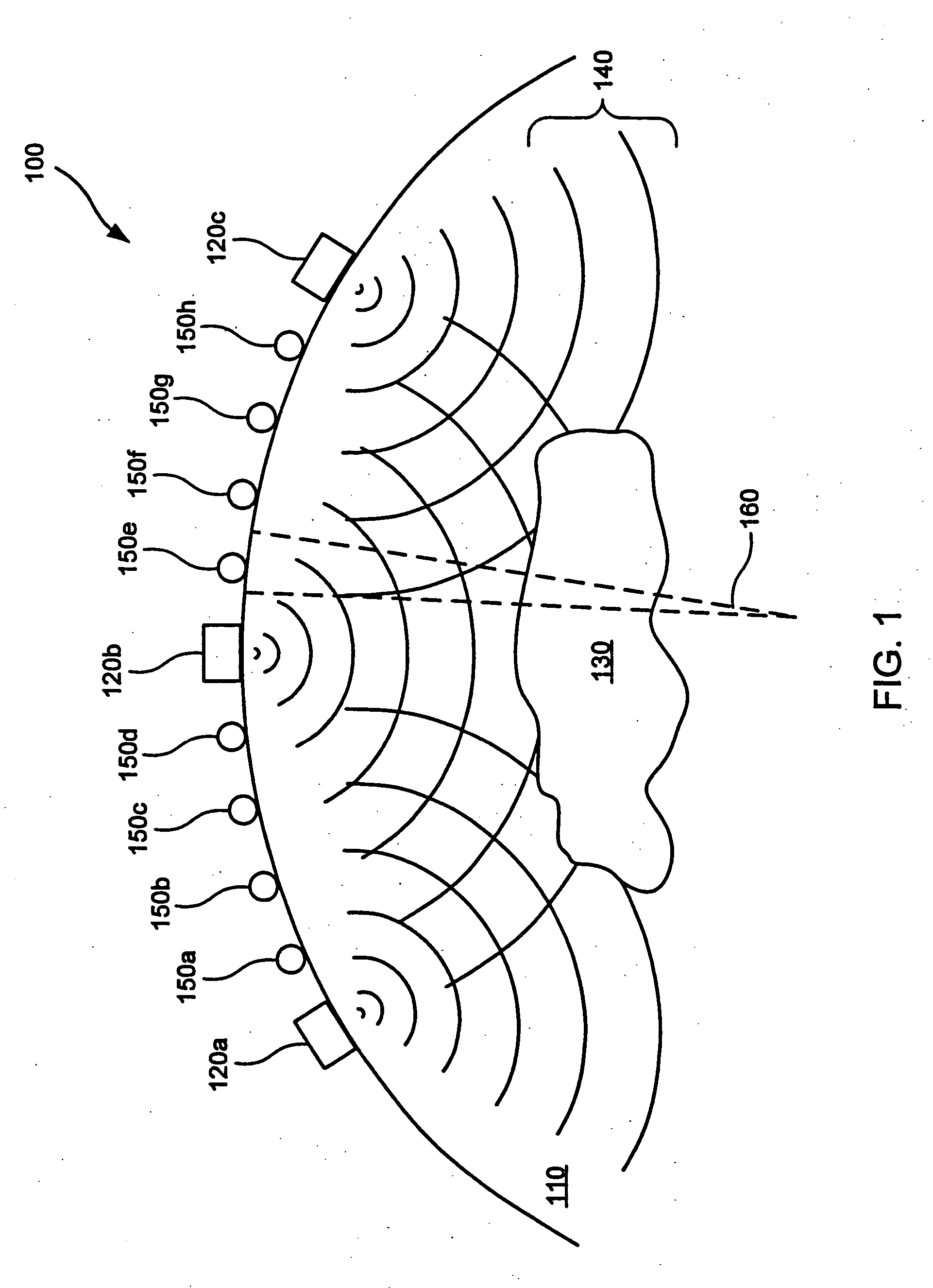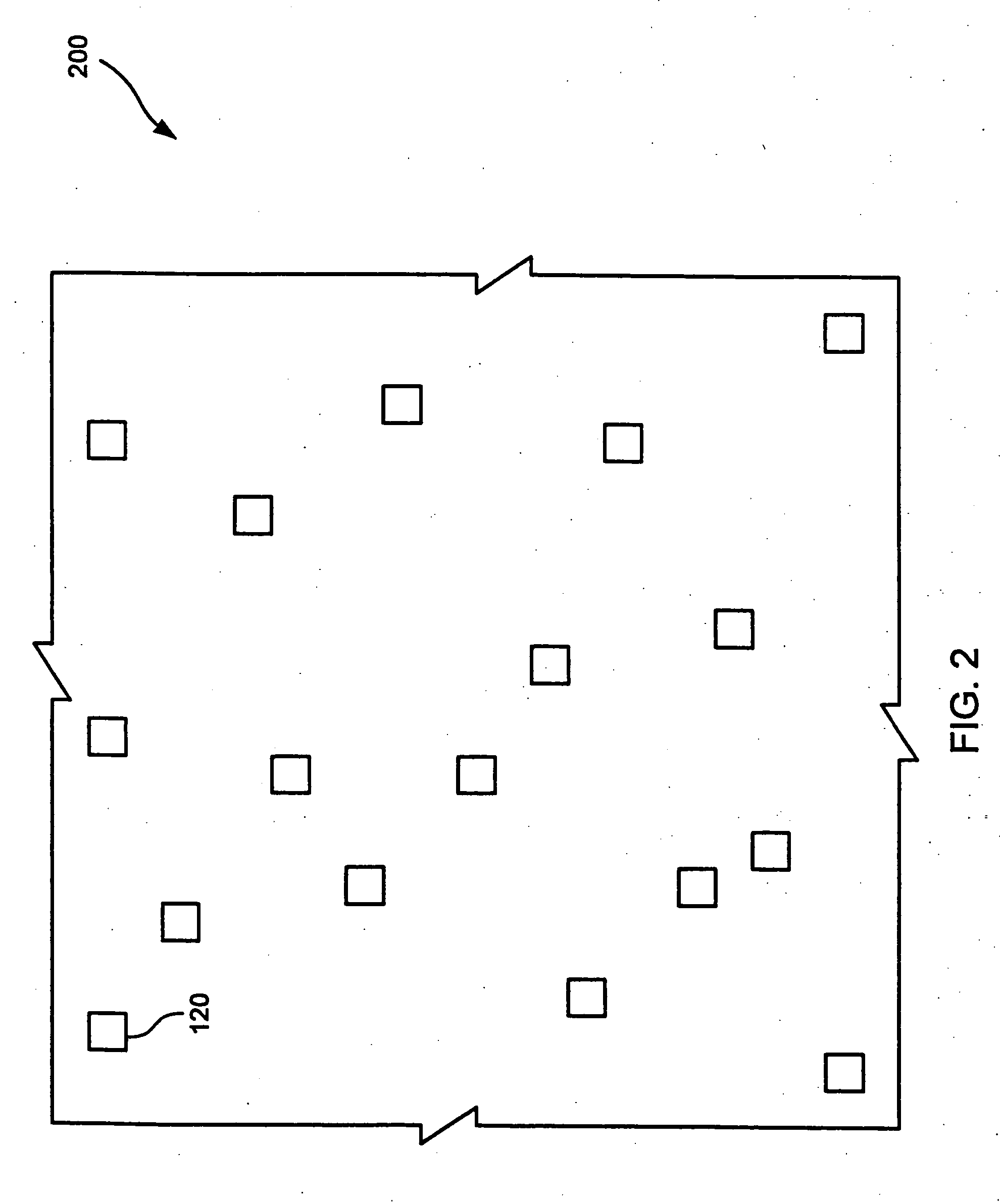Systems and methods for geophysical imaging using amorphous computational processing
a geophysical imaging and computational processing technology, applied in the field of computational processing, can solve the problems of reducing a dataset to a user-wishful form, requiring weeks of processing time for the complexity of algorithms, and large amounts of seismic data using very complex algorithms
- Summary
- Abstract
- Description
- Claims
- Application Information
AI Technical Summary
Benefits of technology
Problems solved by technology
Method used
Image
Examples
Embodiment Construction
The present invention relates to computational processing. More particularly, the present invention provides amorphous computing systems and methods for using such to perform complex computational processing. Such complex processing can reduce a dataset to a user desirable form. As just one example, the dataset can be a group of seismic data that is reduced to form a three-dimensional image of a geologic formation. Other datasets can also be reduced including, but not limited to other geophysical data, astronomical data, electromagnetic data, and the like.
While the invention can be applied to a number of computational scenarios, for illustration purposes it is described in relation to seismic imaging of geologic structures. Referring to FIG. 1, a simplified cross-sectional view 100 is provided of the Earth 110 illustrating the placement of seismic source locations 120 and a geologic structure 130 to be imaged. Seismic source locations 120 can include any source / sensor capable of ...
PUM
 Login to View More
Login to View More Abstract
Description
Claims
Application Information
 Login to View More
Login to View More - R&D
- Intellectual Property
- Life Sciences
- Materials
- Tech Scout
- Unparalleled Data Quality
- Higher Quality Content
- 60% Fewer Hallucinations
Browse by: Latest US Patents, China's latest patents, Technical Efficacy Thesaurus, Application Domain, Technology Topic, Popular Technical Reports.
© 2025 PatSnap. All rights reserved.Legal|Privacy policy|Modern Slavery Act Transparency Statement|Sitemap|About US| Contact US: help@patsnap.com



